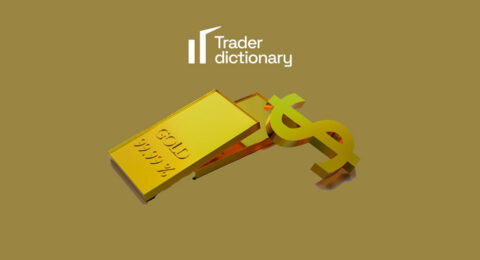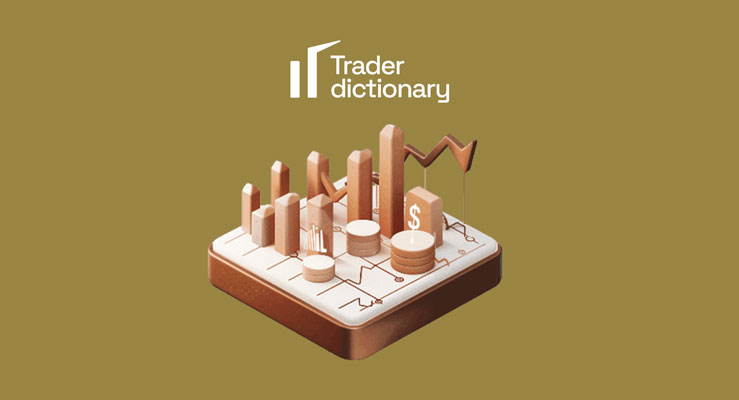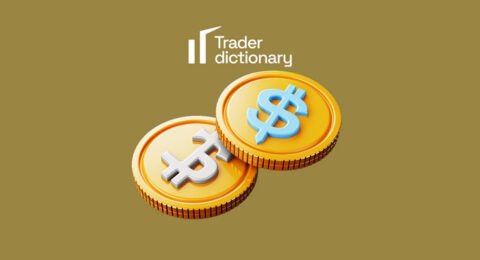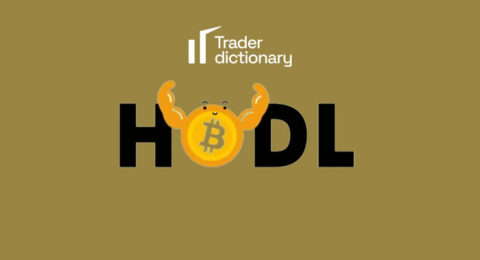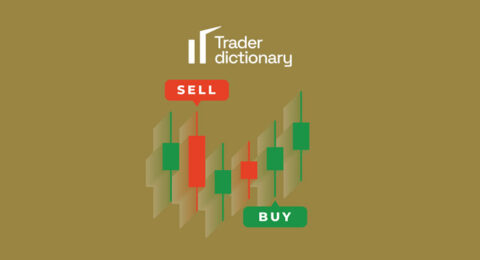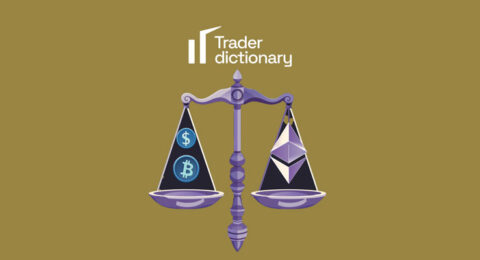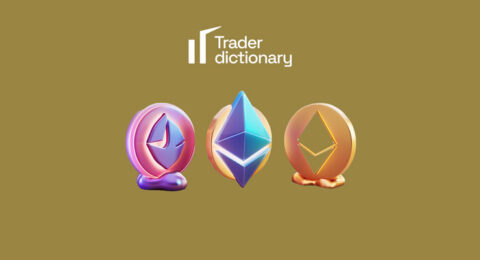What is Margin in Trading?
Margin is the initial deposit amount that you need to have in your account to open a trading position. It acts as a guarantee for the risks you might encounter while participating in this market.
The beauty of margin is that it allows you to “borrow” financial power to enhance your profitability from small market fluctuations. For example, with a margin ratio of 1:100, just $1,000 in your account allows you to control up to $100,000 for trading.
However, it’s important to note that using margin is a double-edged sword. It not only opens up opportunities for increased profits but can also lead to significant losses if the market moves unfavorably. That’s why risk management and having solid knowledge on how to smartly use margin are crucial.
How Does Trading on Margin Work?
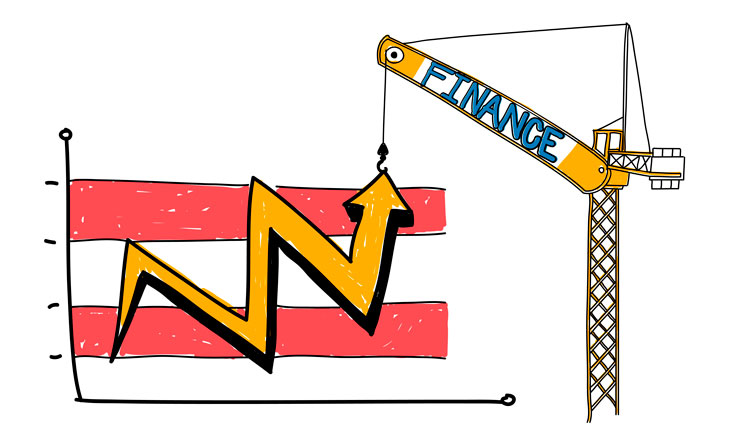
Trading on margin allows you to maximize your investment capital by opening positions much larger than the actual amount of money you have. This is done by using a small portion of the total trade value as the initial margin. For instance, if the margin requirement is 5%, you only need to set aside 5% of the trade position’s value. This is equivalent to a leverage of 20:1, allowing you to open a position 20 times larger than the amount you put forward.
However, trading on margin also poses a risk when the market moves against your prediction. If your position starts to lose and the initial margin is not enough to sustain the position, you will face a margin call. At this point, you need to deposit more money into your account to maintain your trading position, known as maintenance margin.
A crucial note for beginners is understanding how margin and leverage calculations work, as well as being fully aware of the associated risks. Opening a demo account to practice before using real money is a good way to get familiar with the margin trading process without financial risk.
Example of Buying on Margin
Suppose the EUR/USD pair is trading at 1.1128, with a buy price of 1.11284 and a sell price of 1.11276. You believe the euro will appreciate against the dollar, so you decide to buy one lot (equivalent to 100,000 units of the base currency) valued at €100,000 ($111,248). However, you don’t want to cover the full amount for this trade. By deciding to trade on margin, you only need a small fraction of this cost upfront to expose the full value of the trade.
With IG, the EUR/USD has a margin factor of 2%, so you only need to commit €2000 ($2224.96) as margin. In this example, your leverage would be 50:1. This means, with just €2000, you’ve been able to control a position worth €100,000, allowing you to capitalize on small market movements for potential profit.
Pros and Cons of Margin in Trading
Pros of Margin in Trading
The advantages of margin trading are undeniable, offering the ability to amplify profits without needing to invest heavily. When you trade on margin, you’re essentially borrowing capital to expand your position, meaning any profits you make are calculated based on the total trade value, not just the margin money you’ve laid down. This maximizes investment efficiency, allowing for flexible financial resource allocation and diversification across multiple markets.
Simply put, buying on margin opens the door to capitalize on the smallest market fluctuations without worrying about covering the full amount for each trade. This is especially useful in fast-moving markets like Forex, where prices can change in seconds.
Cons of Margin in Trading
One of the biggest drawbacks of using margin is the potential to increase losses if the market moves against your prediction. When you trade on margin, you’re borrowing money to create a position much larger than your actual capital. This means that any losses are also calculated based on the total value of the position, not just the margin money you’ve put down. Therefore, in unfavorable market movements, you risk losing not just the margin money but potentially much more, even exceeding your initial capital.
This issue makes risk management extremely important. Traders need to employ a strict risk management strategy, including using stop-loss orders to limit potential maximum acceptable losses. Additionally, education and enhancing market and margin operation knowledge are essential to avoid heavy losses.
[h2] The Difference Between Leverage and Margin in Forex
Margin, as mentioned, is the necessary amount to open and maintain a trading position. In other words, it’s the deposit required for you to participate in the market and sustain your position in trades.
Leverage, on the other hand, allows you to open trading positions much larger than your actual capital. For example, with a leverage ratio of 30:1, a trader can control a trade position valued 30 times more than their initial investment. If a trader has $5,000, they could control a position with a total value of up to $150,000 if the leverage ratio is 30:1.
In Forex trading, leverage directly relates to the margin ratio, indicating how much percentage of the total trade value a trader needs to enter the trade. For instance, a 3.3% margin implies a leverage of 30:1. A 5% margin equals 20:1 leverage. A 10% margin corresponds to 10:1 leverage.
On the Forex market, currency volatility is measured in pips (percentage in point). A pip is the smallest price move in a currency. For most major currency pairs, like GBP/USD, a pip represents a .0001 price movement. If GBP/USD moves from 1.4100 to 1.4200, that’s a 100 pip movement, equivalent to just one cent in the exchange rate. Though a cent may not seem much, with the use of leverage, it can generate significant profits for a Forex trader.
Summary
For beginners, understanding margin and leverage can be one of the most crucial first steps in their trading journey. Margin is not just a financial requirement but also a tool to expand your capabilities in the market, allowing you to capitalize on opportunities without needing to invest a large amount of capital.
However, using leverage through margin also brings risks that every trader must be aware of. Losses can be magnified as well as profits, and understanding how to manage this risk is key to successful trading. I hope this article has given you a deeper insight into margin and leverage in Forex, preparing you better for your trading journey. Don’t forget to test your new knowledge with a demo account before moving to real trading. Good luck and success in the Forex market.


